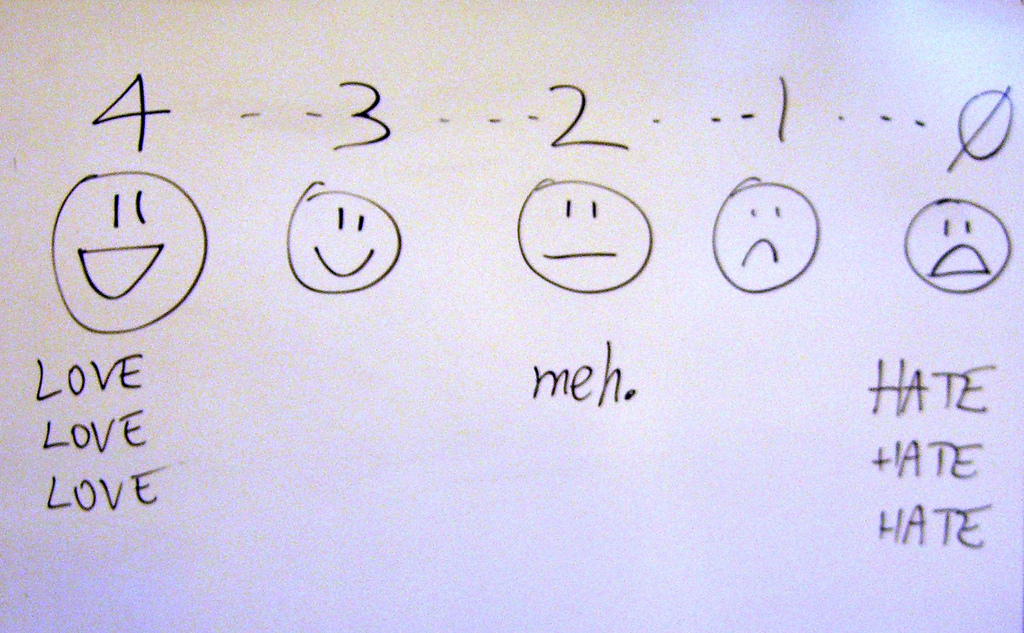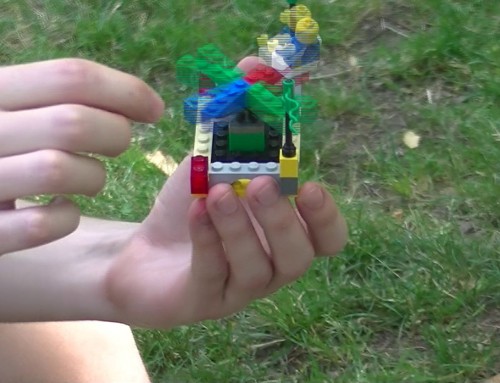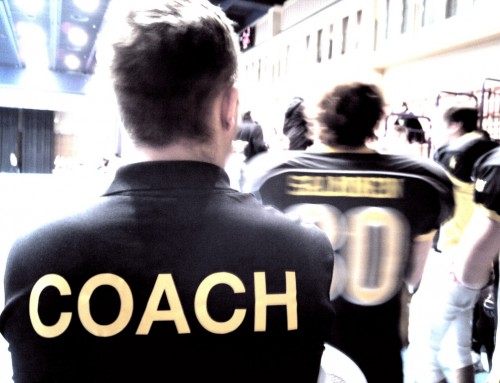Scaling Technique and Agile Coaching
Main TakeawaysReading Time: 3 minutes The use of scaling techniques in coaching forms part of the Solution Focus approach. Using scaling techniques can be a really useful way of helping a coachee assess their progress or their state of satisfaction in relation to their desired outcomes, or clarify their commitment to a way forward.
Introduction
The use of scaling techniques in coaching forms part of the Solution Focus approach. Using scaling techniques can be a really useful way of helping a coachee assess their progress or their state of satisfaction in relation to their desired outcomes, or clarify their commitment to a way forward.
For example (in the simplest form):
On a scale of 1 -10…
- „…to what extent have you made progress towards this goal?”
- „…how content are you in this area?”
- „…how committed are you to taking this action.”
This then allows the coachee to assess their position and gives a foundation on which to move forward.

Scaling Tools
- Scaling Dance
- Scaling Highlights
Assessing Progress
One powerful benefit of scaling is to help your coachee to assess their position in relation to their ideal outcome (their 10/10). So, when you ask a scaling question remember to give a brief description of what their 10/10 might be and a brief description of their 1/10, ensuring that what you describe for the latter is well below what you know their position is. E.g.:
„On a scale of 1 – 10 where 10/10 is your perfect scenario where you are totally organised, you know what you have to do and you achieve everything you want to achieve in a day and more, and as a result you feel great… and 1/1 is where you are so disorganised that you achieve absolutely nothing in a day, you don’t know what you want to achieve and you don’t even know how to start being organised….where are you on this scale?”
In this scenario your coachee will most likely to be able to identify some midpoint between the two extremes on which you can then build with a further question such as:
„So what do you know you are doing well which is giving you the score of 4?” which then leads to further positive exploration.
Remember, always use 1 rather than zero as your lower end of the scale as zero cannot be built upon should your coachee choose the lowest extreme.
Once you have established your coachee’s current position you can then ask questions to help move them forward. E.g.: „So, if you are now at a 6 what things can you now do to move yourself to a 7?”
Assessing Commitment
Using scaling techniques in coaching is also a great way to assess your coachee’s commitment to an action. Simply asking „Are you committed” is a closed question and will more likely prompt a „yes” rather than a „no” whatever their commitment is, whilst asking „How committed are you?” might elicit a vague „Very committed” response which could mean many things. By asking a scaling question you are helping your coachee put some measure on it which you can then explore further and prompt you to ask „So what would bring your commitment to a 10/10?”
From experience coachees with a commitment of less than 8/10 usually require further exploration to establish underlying issues affecting their motivation and to establish what action they will be more committed to.
Further Reading
- Paul Z Jackson and Mark McKergow:
 (Paperback — 14 Dec 2006)
(Paperback — 14 Dec 2006)
- Peter Szabo:
 . (Norton Professional Books) (Paperback — 7 April 2009)
. (Norton Professional Books) (Paperback — 7 April 2009)
- Peter Rohrig, Jenny Clarke:
 . Solutions Books (9. Mai 2008)
. Solutions Books (9. Mai 2008)
Introduction
The use of scaling techniques in coaching forms part of the Solution Focus approach. Using scaling techniques can be a really useful way of helping a coachee assess their progress or their state of satisfaction in relation to their desired outcomes, or clarify their commitment to a way forward.
For example (in the simplest form):
On a scale of 1 -10…
- „…to what extent have you made progress towards this goal?”
- „…how content are you in this area?”
- „…how committed are you to taking this action.”
This then allows the coachee to assess their position and gives a foundation on which to move forward.

Scaling Tools
- Scaling Dance
- Scaling Highlights
Assessing Progress
One powerful benefit of scaling is to help your coachee to assess their position in relation to their ideal outcome (their 10/10). So, when you ask a scaling question remember to give a brief description of what their 10/10 might be and a brief description of their 1/10, ensuring that what you describe for the latter is well below what you know their position is. E.g.:
„On a scale of 1 – 10 where 10/10 is your perfect scenario where you are totally organised, you know what you have to do and you achieve everything you want to achieve in a day and more, and as a result you feel great… and 1/1 is where you are so disorganised that you achieve absolutely nothing in a day, you don’t know what you want to achieve and you don’t even know how to start being organised….where are you on this scale?”
In this scenario your coachee will most likely to be able to identify some midpoint between the two extremes on which you can then build with a further question such as:
„So what do you know you are doing well which is giving you the score of 4?” which then leads to further positive exploration.
Remember, always use 1 rather than zero as your lower end of the scale as zero cannot be built upon should your coachee choose the lowest extreme.
Once you have established your coachee’s current position you can then ask questions to help move them forward. E.g.: „So, if you are now at a 6 what things can you now do to move yourself to a 7?”
Assessing Commitment
Using scaling techniques in coaching is also a great way to assess your coachee’s commitment to an action. Simply asking „Are you committed” is a closed question and will more likely prompt a „yes” rather than a „no” whatever their commitment is, whilst asking „How committed are you?” might elicit a vague „Very committed” response which could mean many things. By asking a scaling question you are helping your coachee put some measure on it which you can then explore further and prompt you to ask „So what would bring your commitment to a 10/10?”
From experience coachees with a commitment of less than 8/10 usually require further exploration to establish underlying issues affecting their motivation and to establish what action they will be more committed to.
Further Reading
- Paul Z Jackson and Mark McKergow:
(Paperback — 14 Dec 2006)
- Peter Szabo:
. (Norton Professional Books) (Paperback — 7 April 2009)
- Peter Rohrig, Jenny Clarke:
. Solutions Books (9. Mai 2008)







Leave A Comment